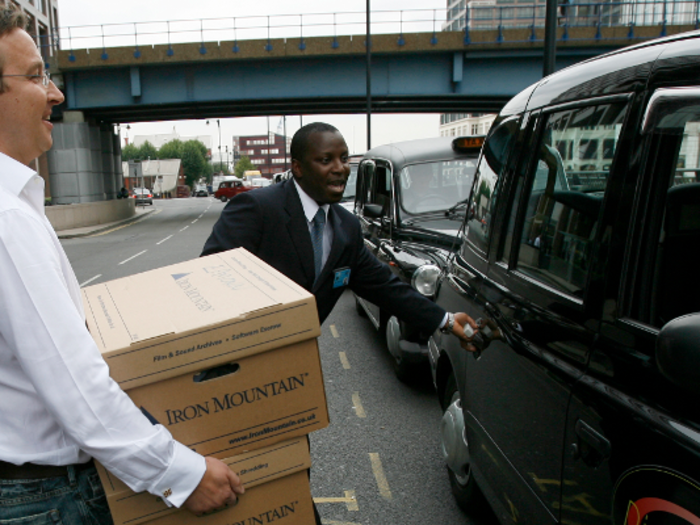- Home
- slideshows
- miscellaneous
- Members, locations, and beer quotas: 5 WeWork questions a skeptical analyst has after reading the group's IPO filing
Members, locations, and beer quotas: 5 WeWork questions a skeptical analyst has after reading the group's IPO filing
Members and memberships

Membership churn

"You give us the gross count of memberships and 'net retention rates' but don't even mention membership churn," Wallace said. "Surely there is churn – what is it?"
Churn refers to the percentage of customers that stop using a product during a certain period of time. The We Company didn't reveal its member churn rate in its IPO filing.
Instead, it shared that its net membership retention rate — the net effect of added or canceled memberships on total memberships — was 119% in the year to December 1, 2018. In other words, its members ended the year with nearly 20% more memberships than they started it with.
Locations

"You don't give us the locations over time for all periods — have any locations ever closed?" Wallace asked.
The We Company has over 528 locations in 111 cities across 29 countries, according to its IPO filing. However, it didn't share how that number has changed over time, or how many locations have closed.
Among the few details provided: just 30% of open locations were "mature" — open for at least 24 months — as of June 1.
Enterprise memberships

"What's the margin differential between enterprise memberships and non-enterprise memberships?" Wallace asked.
The We Company didn't reveal the profit margins for enterprise memberships — those sold to organizations with more than 500 employees — and non-enterprise memberships in its IPO filing.
However, it offered quite a few insights into its enterprise business.
The group had more than 3,500 enterprise members as of June 1, and the proportion of enterprise memberships among its members doubled to 40% between March 2017 and June 2019. Moreover, the average number of WeWork memberships per enterprise member surged 281% during that period.
The We Company shared that enterprise memberships typically account for a large proportion of its revenue at any given location, and some locations are occupied by a single enterprise member. It expects enterprise to continue to be its fastest-growing type of membership.
The group warned of higher build-out costs tied to enterprise members, as it offers them greater customization to workplaces including acoustic upgrades, extra meeting rooms, sleeker furniture, faster internet, and upgraded branding and signage.
Sealing deals with big companies also requires more time and effort, The We Company added. Going forward, it also expects to pay more fees to third-party brokers who help large companies find real estate.
However, the company hopes to offset those steeper costs with larger committed revenues and higher profit margins, as enterprise members tend to sign longer, multi-year leases and buy more memberships than smaller members.
Beer quotas

"We know a cap of 4 beers per person per day was imposed on tenants in October 2018 — what is the average number of beers consumed per tenant per day, both before and after the cap was imposed?" Wallace asked.
"And how is the cap enforced?" he added. "What was the impact of the cap on 1) occupancy, 2) operating cost per location, 3) sales and marketing cost per membership?"
Wallace's question refers to WeWork's shift away from offering unlimited beer. In late 2018, it rolled out a pilot program limiting tenants to four 12-ounce glasses of beer each between noon and 8 p.m., Monday to Friday.
The company initially implemented the policy in three New York offices, with the intent to roll out the restrictions citywide, according to Marketwatch.
"Beer" isn't mentioned once in The We Company's IPO filing.
Popular Right Now
Popular Keywords
Advertisement